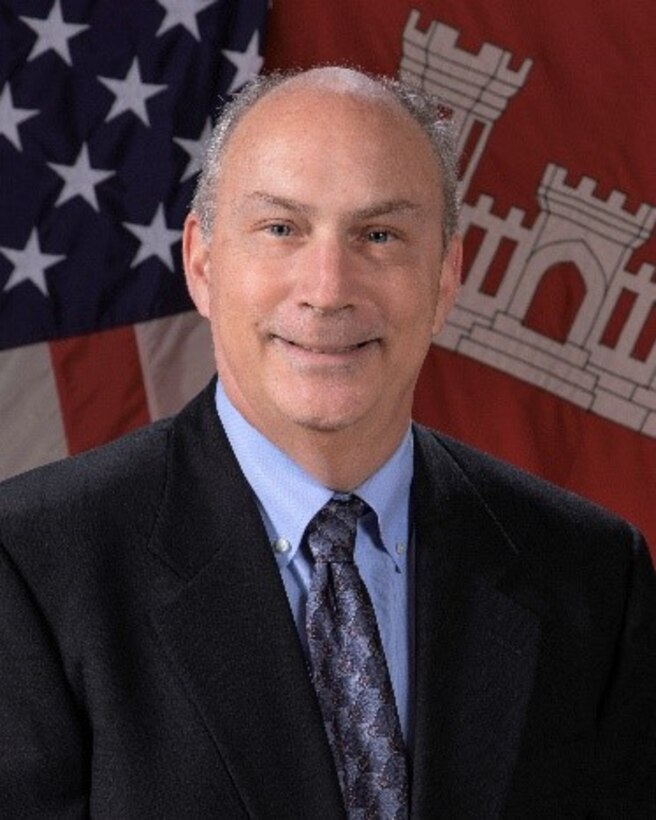This project proposes to develop innovative concretes with environmentally sustainable alternative binders that deliver excellent chemical and mechanical resilience with significantly increased biological compatibility for freshwater and marine shoreline environments. Laboratory evaluations of four alternative binding materials will assess their mechanical and chemical durability, referenced to conventional portland cement concrete, and correlate fine-scale analyses of microstructures to describe cementing phases, alkalinity, pore structures, and substrate surfaces. Based on these results, candidate concretes will be selected for field studies to evaluate in situ durability and bioreceptivity through establishing novel, standardized characterization methods, which will serve as a benchmark for the broader concrete community of practice. Tunable innovations in materials, substrates, and structural configurations will create tailored solutions for different environmental needs. These will produce long-lasting shoreline and coastline reinforcements that create favorable environments for plant, invertebrate, and fish communities, in contrast to hard, armored structures with conventional, steel-reinforced, portland cement concrete that require costly maintenance/replacement and disrupt coastal ecosystems. Through field demonstrations of durable and bioreceptive candidate concretes, and development of a laboratory reference framework for evaluation of future innovative concretes, we will fulfill a growing need for ecologically sustainable concrete structures for restoration, repair, and new construction within our Nation’s shorelines and aging waterways to replace aging materials and mitigate rapid hydrological changes from sea level rise and climate instabilities.




